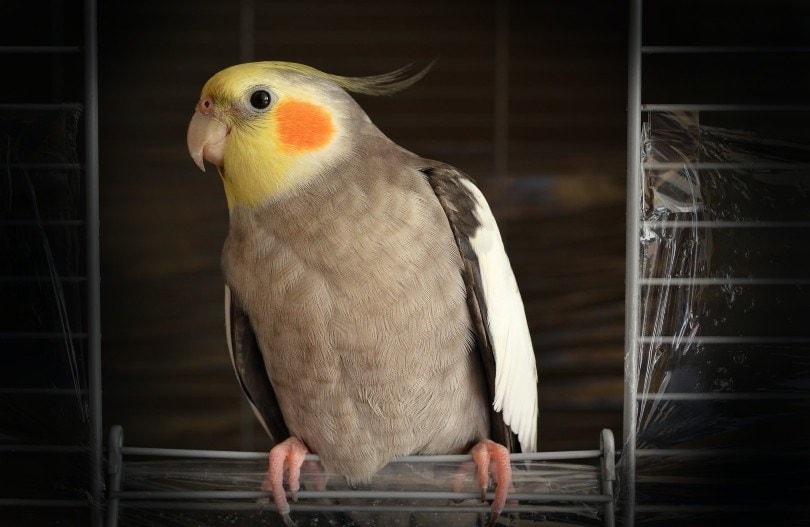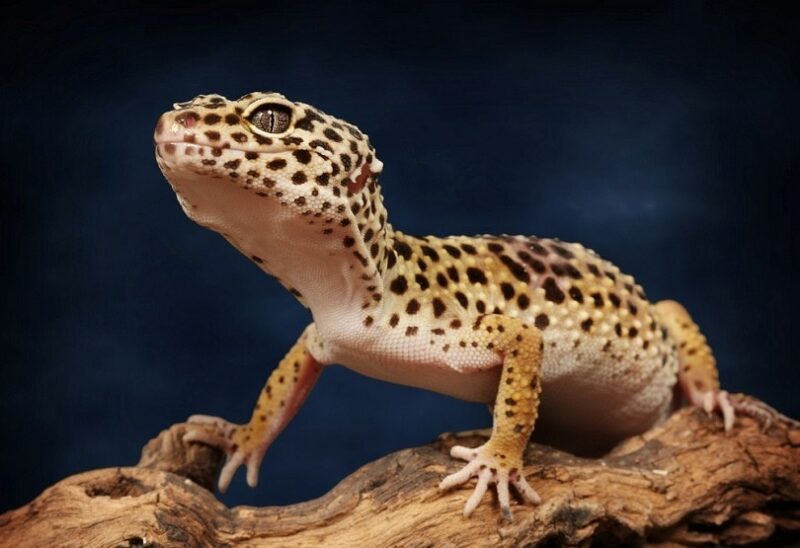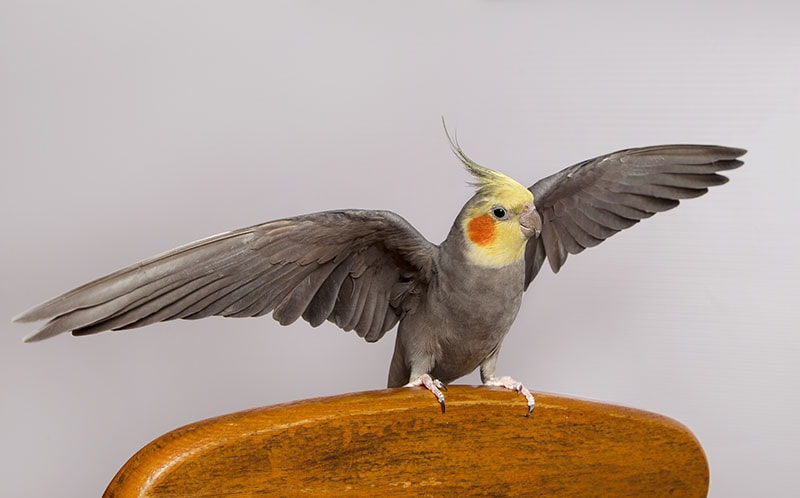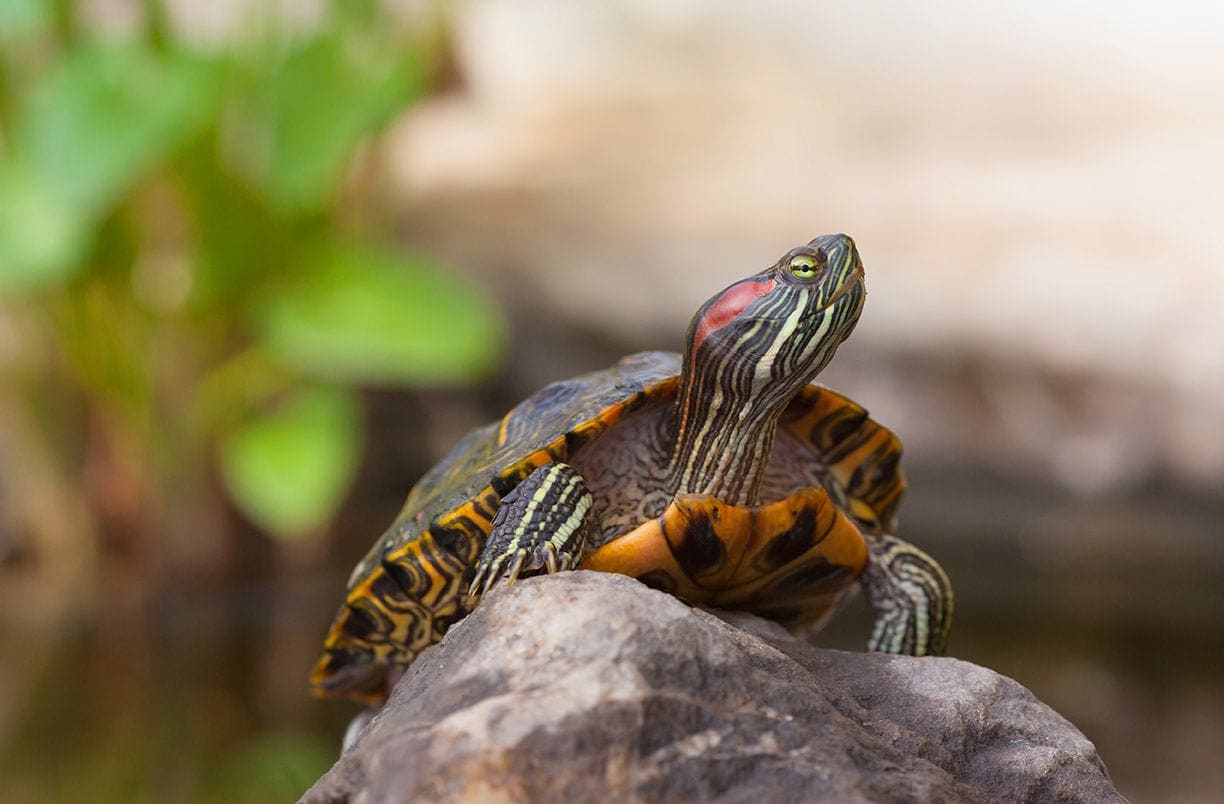Click to Skip Ahead
Cockatiels are among the most popular companion birds. They are smaller members of the parrot family that come in several beautiful color patterns. However, they’re most commonly known for their gray feathers, yellow crests, and bright orange cheeks.
Cockatiels are also valued for the love and affection they show to their owners and one another. They’re so loving and kind that they often get bullied by smaller birds. Compared to other parrots, cockatiels are relatively low-maintenance. You just need to show them daily affection and maintain their cages.
However, cage maintenance can become an arduous task if you don’t choose the proper cage. Generally, the cockatiel cage should be at least 24” H x 24” L x 18” D in size. We’ll go over choosing the right cage for your cockatiels and basic maintenance for keeping it clean.

Choosing the Right Cage for Your Cockatiel
A good rule of thumb for purchasing your cockatiel’s cage is to get the largest one you can afford. Cockatiels may be smaller parrots, but that doesn’t mean they’re tiny birds. They average about 12 inches in length from the tips of their yellow crests to the end of their long tails.
You need to ensure that the cage you select has enough room to keep them happy and comfortable. The minimum size you should select should be 24” H x 24” L and at least 18” D. But if you have the space available, you should purchase an even bigger size. Since they are companion birds, there’s a good chance you’ll end up with more than one cockatiel, making selecting a large cage even more important.
Size considerations aren’t the only factor in choosing the right cage for your cockatiel. Like most hook-billed birds, they love to climb. So, selecting a cage with horizontal bars will make their climbing much easier. Just be sure to choose a cage with no greater than a 3-inch gap between horizontal segments to prevent injury to your birds.
Your cockatiel’s cage should also have at least three perches of varying size, shape, and texture to help them keep their feet strong and healthy. However, ensure they are at least 3½ inches in diameter to prevent them from losing their balance and injuring themselves.
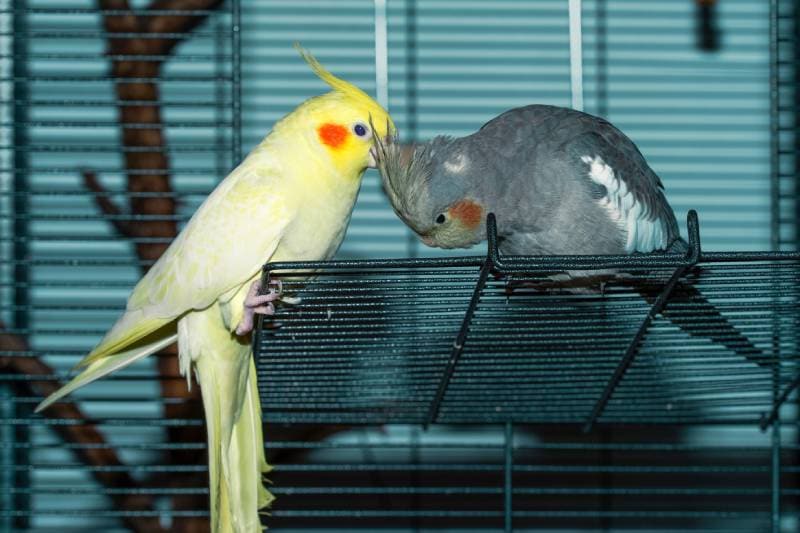
Using a Sleep Cage
Ideally, your cockatiels should be kept in a quiet room in your house. This will allow them to get the proper rest they need. Cockatiels need 8 to 12 hours of uninterrupted sleep every night! They are notoriously light sleepers, and even the slightest noises can awaken them. When housed in a quiet area, you can cover their cage to help them sleep.
However, if they live in a noisy area, you may want to get a cage specifically designed for them to sleep in. A sleep cage doesn’t need to be as large as their primary cage. It should be big enough to hold your cockatiel comfortably but easy enough to transport and maneuver.
Housing a cockatiel isn’t as easy as it sounds. Whether you’re setting up your first cage or looking to upgrade your cockatiel’s home, check out the well-researched book The Ultimate Guide to Cockatiels, available on Amazon.
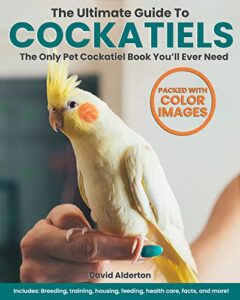
This excellent resource is packed with information about choosing the ideal perch, selecting the best cage design and positioning, helping your cockatiel adjust to its new home, and much more!
Cockatiel Cage Maintenance
When caring for your cockatiel’s cage, you’ll need to be proactive since a dirty and messy cage can lead to sickness—both for your bird and you. Using a solution of warm water and mild soap, you should clean out your bird’s cage tray and dishes daily. We recommend doing this on a set schedule each day to help your cockatiel grow accustomed to routine cleaning.
At least once a week, you should perform a full cage deep clean and disinfecting. This will require you to remove the bird from the cage to get into all the nooks and crannies. We recommend using a very diluted bleach solution as a cleaning agent.
However, once the cage has been cleaned, you must rinse the bleach smell away thoroughly. Bleach is toxic to them and shouldn’t be lingering in their cages. After rinsing the cage, if possible, allow it to air dry in the sun.
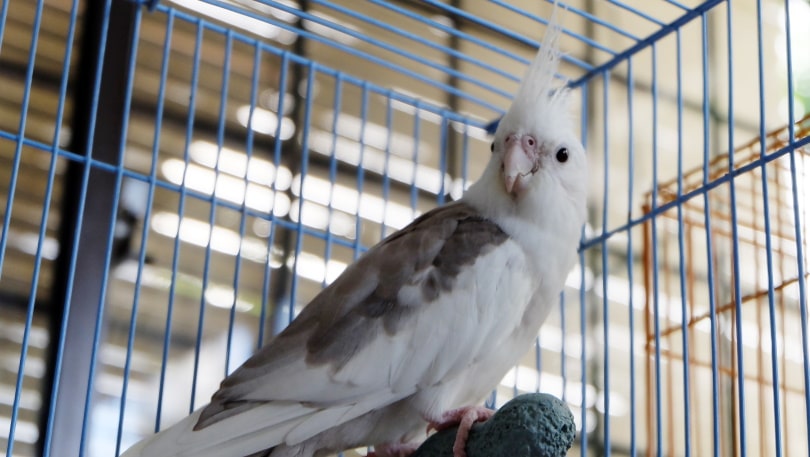

What’s the Right Size Cage for Your Cockatiel?
Determining the right size cage for your cockatiel or cockatiels doesn’t have to be too difficult. The larger the cage, the happier they will be. Just make sure you select a cage for them that they can comfortably fit and play around in. However, a sleep cage should be smaller and cozier to allow them to get a full night’s rest.
Featured Image Credit: Sultan, Unsplash
